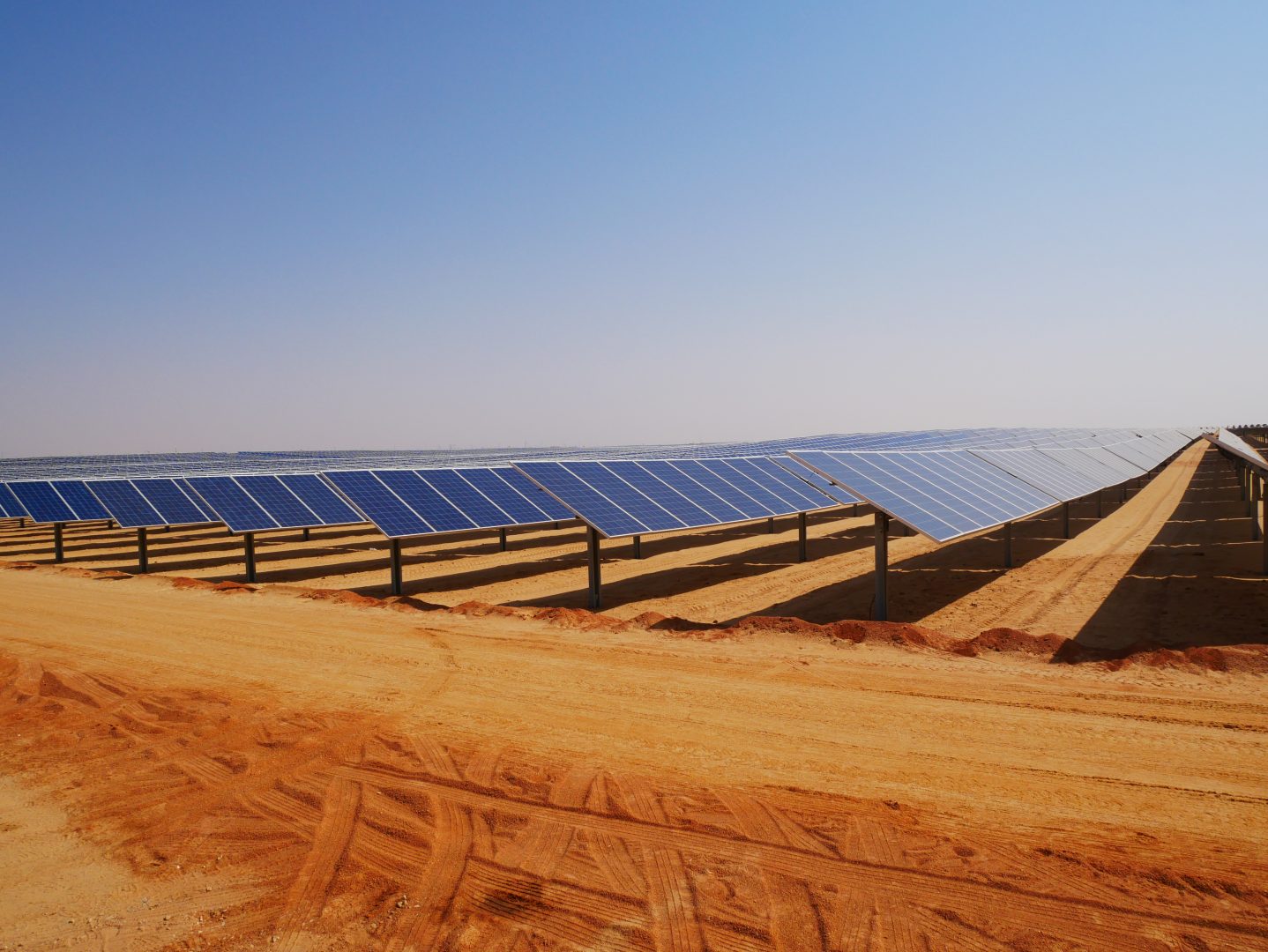Many impact investors would say that at heart what they do is decrease the cost of capital for firms doing good things and increase it for firms doing bad things. That position is still contentious. There are those who argue it is possible to have an impact without sacrificing returns — which is the flip side of the lower cost of capital coin. But when researchers report that heavy emitters, such as oil and gas majors, face a higher cost of capital than green firms, most people would probably regard that as a sign that the trend of socially responsible investing is having some positive effect on the world.
Worryingly, it looks like the converse could be true. In their paper “Counterproductive Sustainable Investing” Samuel Hartzmark and Kelly Shue show that brown firms tend to get browner when their cost of capital rises, and greener in response to easier access to capital. Their explanation is that continuing or expanding existing high pollution operations, or cutting corners on pollution abatement, is probably better from a near-term cash flow perspective, whereas shifting toward cleaner production usually entails a departure from existing production methods, and likely costs more up front and delivers back-loaded cash flows. To be avoided when money is tight.
But, as the authors acknowledge, using changes in the cost of capital to induce short-term marginal changes in emissions intensity is not the only story. There is also a longer-term incentive for brown firms to become greener and access a lower cost of capital in the future. Hartzmark and Shue argue that if those incentives exist, they are weak. The absolute carbon emissions of brown firms are hundreds of times greater than those of green firms. If the average brown firm doubled its emissions, the real carbon impact would be equivalent to the average green firm increasing its emissions by 26000%. What the world urgently needs is emissions reductions from the big emitters – any given percentage reduction in emissions is absolutely far less important from a green firm than from a brown one. Yet, they show, both the overweight/underweight allocations of popular sustainable investment funds and ESG ratings tend to reward percentages changes in emissions and not absolute changes. That means the big emitters are not rewarded enough for large absolute reductions in emissions when that is a small percentage change, because they are starting from a high base.
One could quibble with the authors’ focus on changes in emissions intensity. Perhaps sometimes what we want is simply for green things to expand and displace brown things, even if their respective emissions intensities are not changing. But an important part of their argument is that brown and green firms are often not substitutes – they use the examples of a low carbon insurance firm and a high carbon buildings materials firm. More insurance does not result in less building.
The argument that really, we want cheap finance for brown firms to become greener resonates with the debate around green bonds. Highly emissive firms can issue green bonds for stand-alone green projects, but many people object to the idea of brown firms getting green loans. That is understandable. Dollars are fungible so even if you lend money to an oil and gas major to build a solar park, you cannot be sure what the marginal activity you are financing really is. Research has sometimes found that green bond issuance is not associated with falling emissions at the firm level (which is somewhat at odds with Hartzman and Shue’s result, unless perhaps green bonds do not materially reduce the firm’s cost of capital).
The concept of transition finance could help move beyond the idea that green finance should be for (already) green things (here is a BII practitioner’s guide to transition finance). The idea here is that investments in some emissive industries are necessary to facilitate the transition to net zero elsewhere in the economy, and some investments in highly emissive industries themselves are required for their own decarbonisation — but these investments would not meet the criteria for green bonds. Although Hartzmark and Shue’s work draws attention to the need to make it easier for high emitters to invest in greening themselves, providing transition finance to high emitters must be done carefully to ensure it delivers the intended results and is credible in the eyes of all stakeholders. Clear arguments for why the investment will reduce emissions, and associated KPIs to monitor execution, will be needed. Without that credibility, green investors may find themselves unable to make these crucial investments.
The need to help high emitters decarbonise implies that observers must dig deeper than a firm’s current carbon emissions when looking at how quickly investors are reducing the carbon footprints of their portfolios. As many have observed, divesting from highly emissive assets, and filling a portfolio with investments in firms that are already green, does not achieve much for what actually matters – decarbonising the economy. Hartzmark and Shue’s research suggests this is what many sustainable investment funds are doing. But leaning into the problem and investing in heavy industry to actively help accelerate its decarbonisation could result in your portfolio carbon footprint rising, at least in the medium term.










